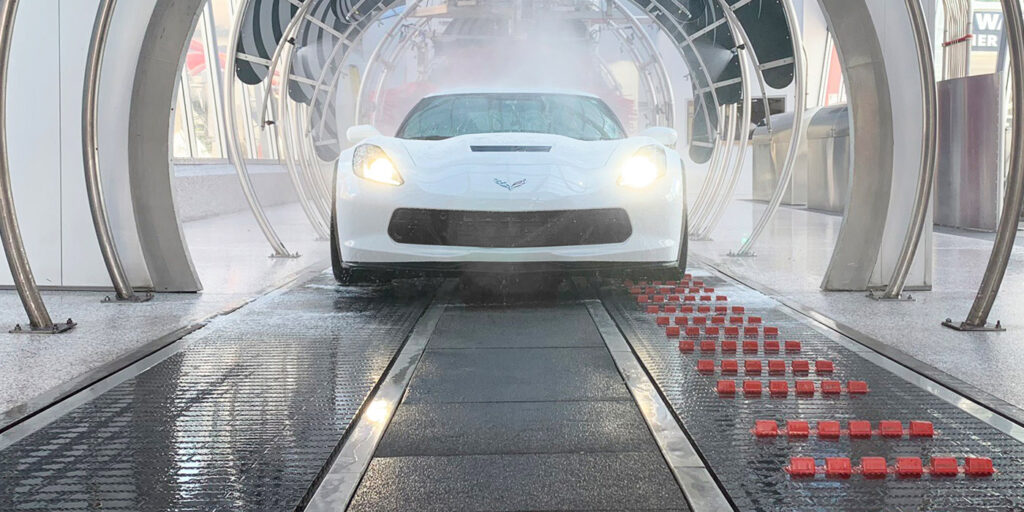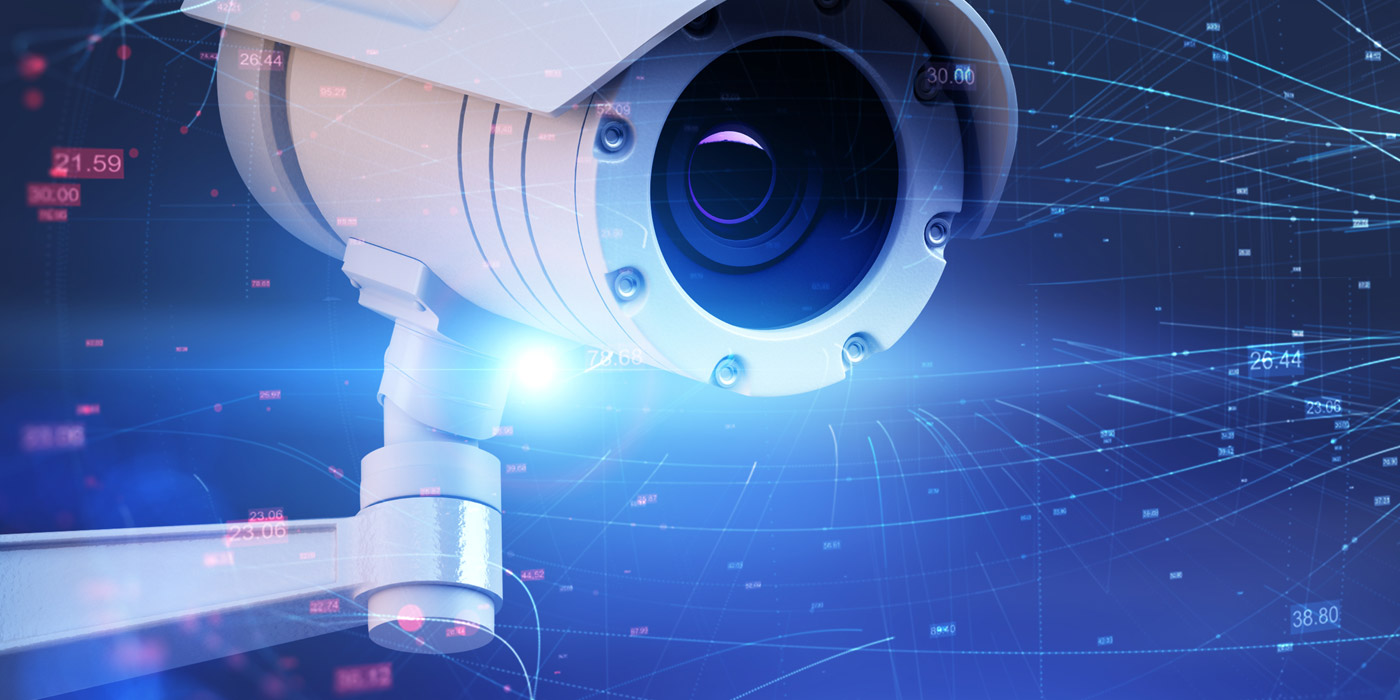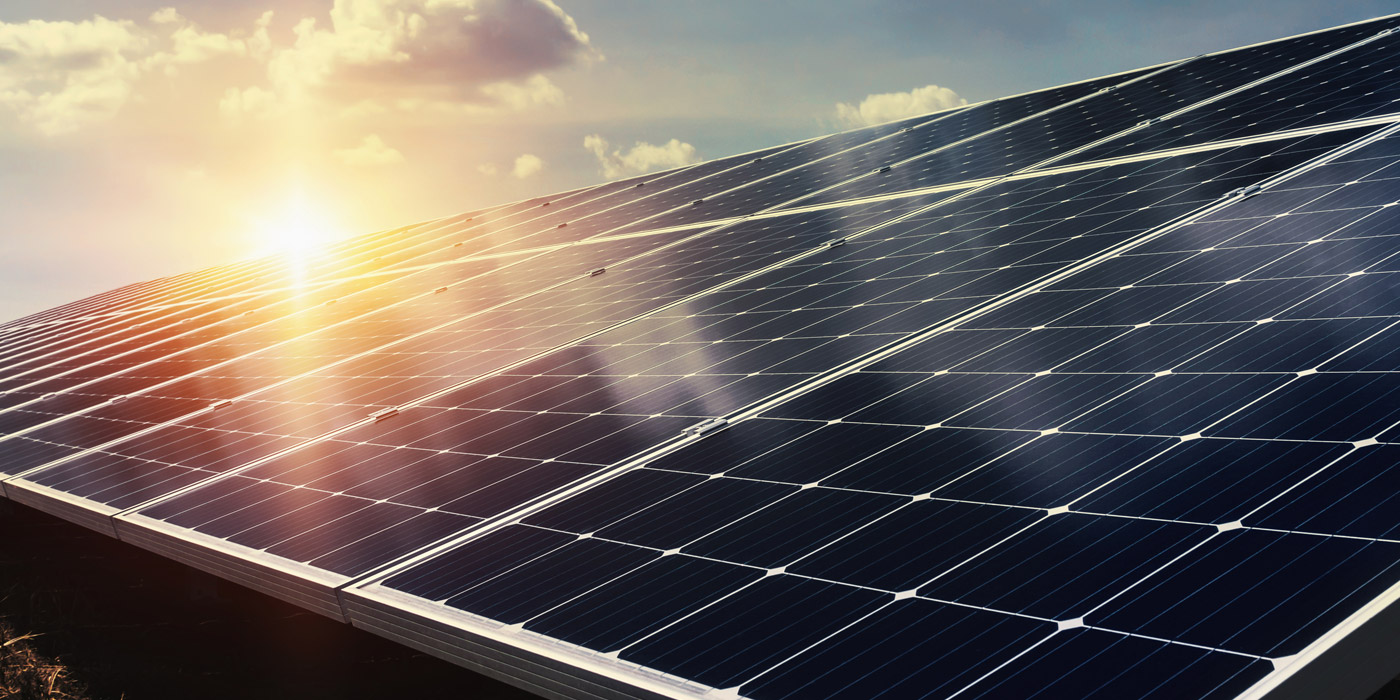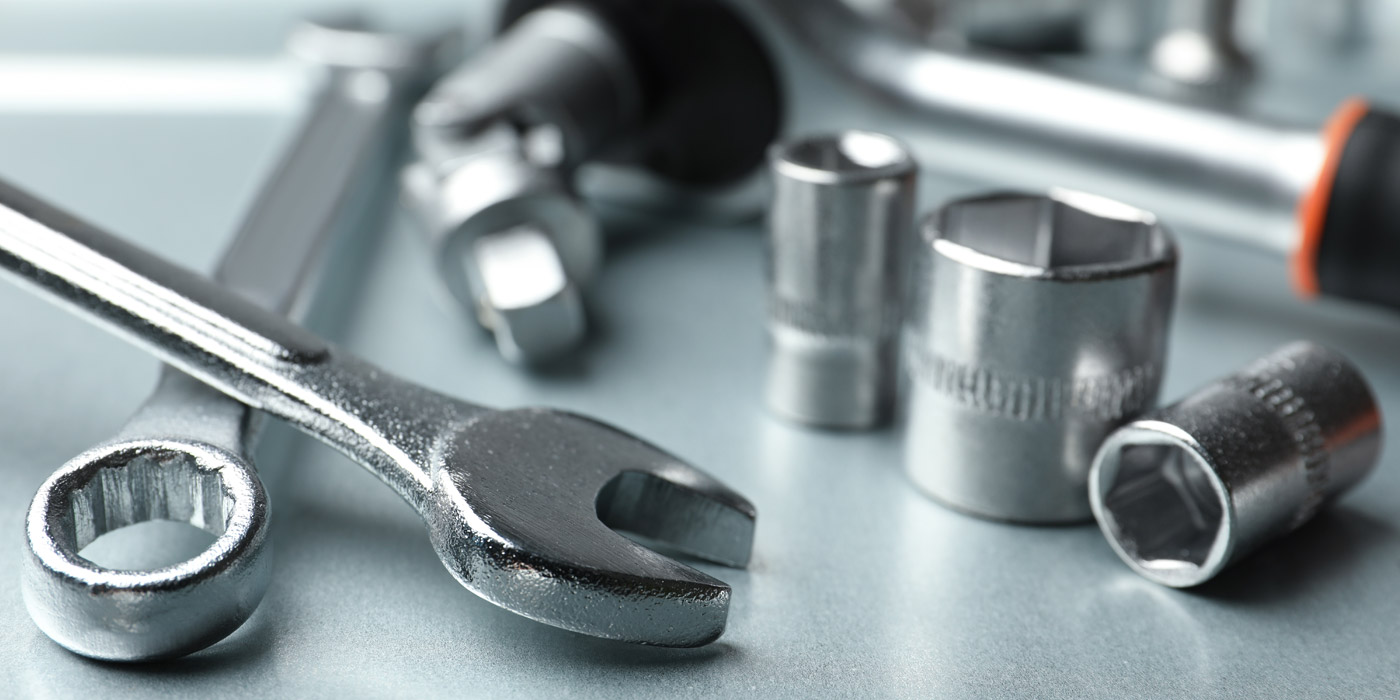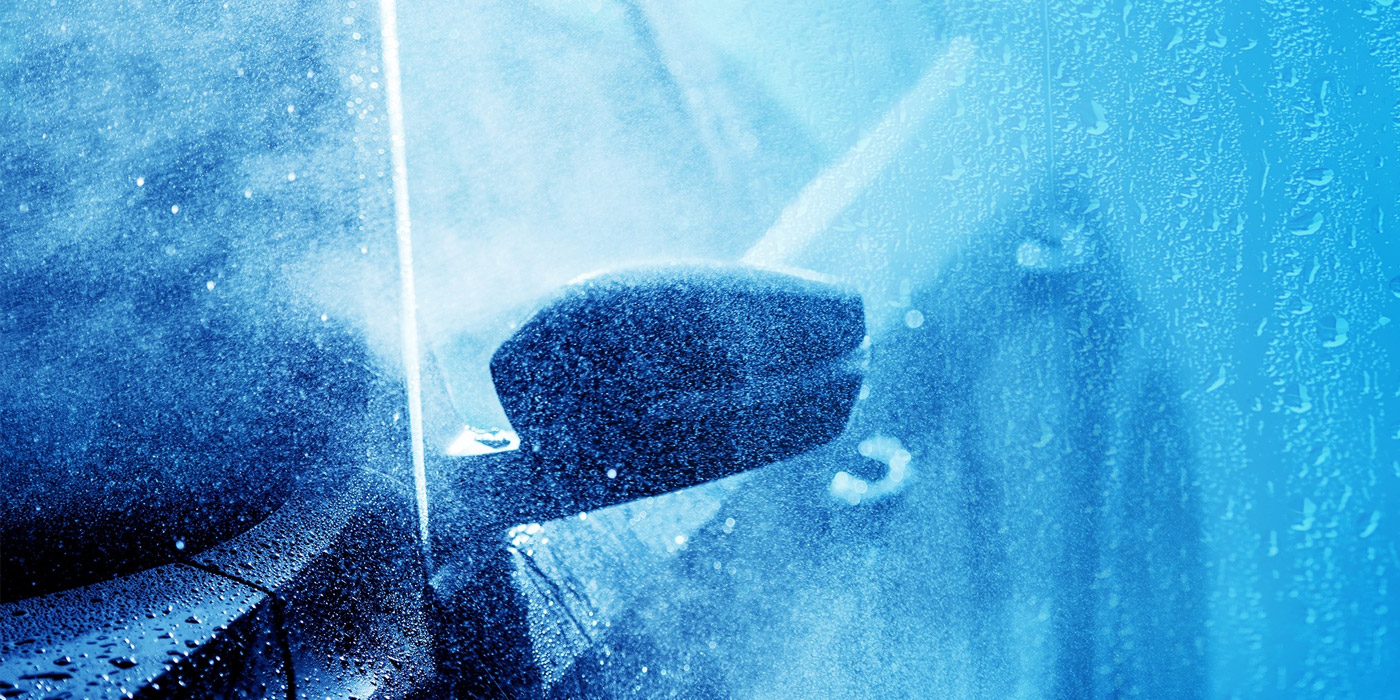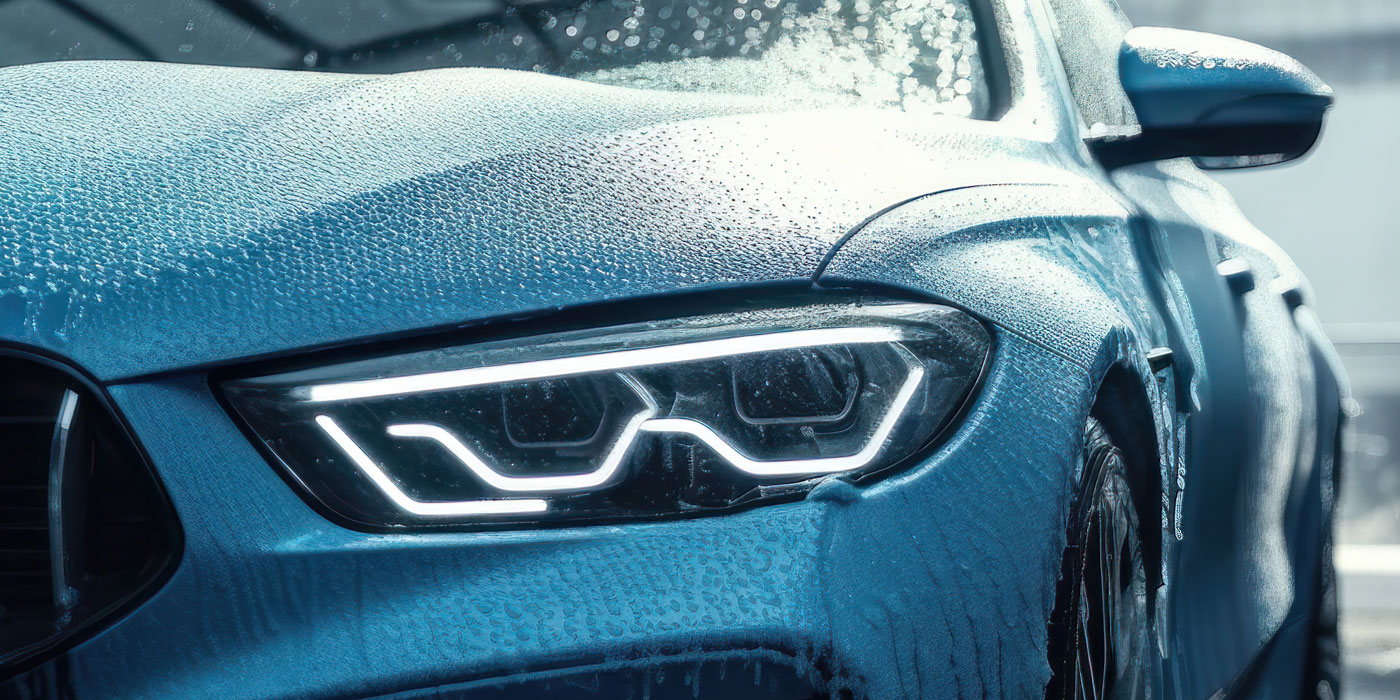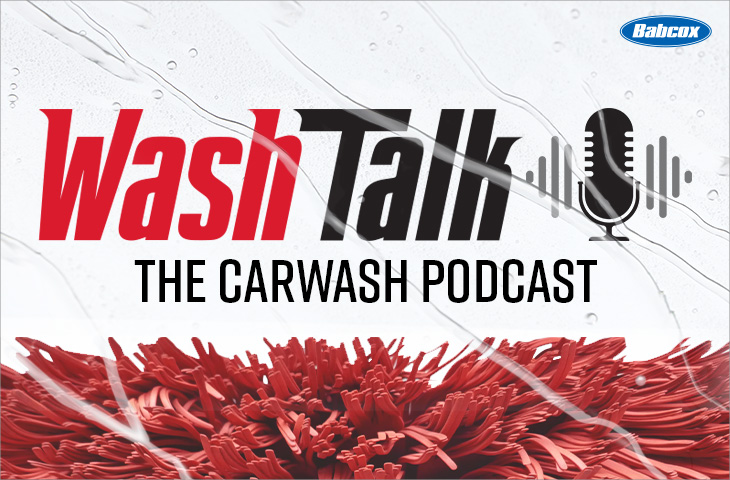Regardless of format, when properly operating equipment combines with quality chemistry and water, the result is a well-engineered process that is founded on over 100 years of evolving carwashing innovation. Today, as unlimited wash and subscription-based plans continue to be promoted and popularized among consumers and as more driveway washers are leaving the bucket, sponge and hose at home — opting instead for green, cost-effective professional car care services — carwash operators count on equipment daily to keep the line moving and consistently uphold the result of clean, dry and shiny.
No time to read this article? Listen instead!
Furthermore, as noted in the 2019 Professional Carwashing Industry Report, maintenance and repairs on this workhorse machinery are 11% of a carwash’s total operating costs each year. Your initial purchase choices can affect the average of this benchmark for your wash in either direction.
Like many things in life, when it comes to carwash equipment, you get what you pay for. Looking to enjoy some upfront savings with used, refurbished or poor-quality equipment from untrusted sources? It’s an option, but have you completed a proper cost analysis looking five, 10 or more years down the road?
Quality equipment from the industry’s most reputable manufacturers might come with a higher price tag, but as we’ve discussed in our Carwash Connection video series on Carwash.com and in this publication over the years, the high cost of maintenance and replacement — which includes lost income from closing the wash — can add up fast.
Whether you are building new or upgrading your equipment, making smart procurement choices means including such factors as the total cost of ownership. Although this equipment can be pricey compared to other areas of the wash, such as towels, there are special financing options available to help stabilize any sticker shock.
We connected with lending industry insider Michael Ford, managing director of Coast Commercial Credit, to get an update on equipment financing and ways to ensure that you don’t have buyer’s remorse.
The coronavirus impact
External factors, such as the coronavirus pandemic shutting down parts of the largest economy in the world for prolonged periods, and their rippling impacts have affected the state of lending since March 2020. And, although many automated carwashes’ operations that offered contactless transactions were only minimally (if at all) affected by the pandemic, other industries weren’t as fortunate. When critical industries and segments of our country are hit, most other markets feel the indirect effects.
“The overall economy is impacting underwriting for carwash equipment loans,” educates Ford. “We are seeing credit criteria increase slightly. Banks are moving more cautiously, because they have greater issues to deal with in their conventional mortgage portfolios. Companies specializing in equipment financing and equipment leasing slowed lending during the early stages of mandated business closures.”
Still, these lenders are now becoming more aggressive in underwriting equipment requests, and businesses, such as carwashes that were less impacted by the pandemic, are finding it easier to get credit compared to six months ago, continues Ford.
As of writing this article in mid-December, additional government-backed financing programs for small businesses are on the brink of approval in Washington.
“Those programs may include enhanced incentives for financial institutions to reduce credit criteria, make more loans and stimulate the economy,” notes Ford.
Pay in full vs. finance
While the availability of funds appears to be back online, does it behoove a profitable operator to buy equipment outright or finance? After all, if 2020 showed us anything, it was to expect the unexpected. So, if you have the money now, should you just pay in full? Ford says: not so fast.
“In a time of economic volatility, without a doubt, financing is a better option than paying cash up front. The uncertainty around how long this situation will persist increases the complexity of knowing how to respond.”
Therefore, he recommends, it is important that businesses are proactive in assessing their risk and vulnerability from both an operational and a financial standpoint. If the business is not achieving financial objectives due to inefficient equipment or staffing, automation may be part of the solution.
“Thriving in this environment may mean business owners act to cure these issues (i.e. reducing labor, increasing capacity and/or quality) while positively impacting liquidity (using financing versus paying cash). The bottom line is … conserving your cash and reducing costs is a smart move, especially in times of economic uncertainty.”
Lease vs. loan
Operators have several choices to consider when looking to purchase or lease equipment. For instance, a standard loan helps the operator pay the purchase off over a period of time in set payments, and when the interest and principal are paid in full, the operator owns the equipment free and clear.
Another option an operator can choose is to lease the equipment instead. Under an equipment lease agreement, the lender owns the asset (in this case, carwash equipment) and leases (rents) it to the operator for a fixed period of time and payments. At the end of most leases, the operator will have the option to move on to another piece of machinery or stick with the leased equipment by purchasing it from the lender. This, adds Ford, is called a capital lease.
Related: Carwash equipment financing: loan vs. lease
“For carwash operators, the purchase option is usually $1 or 10% of the original cost,” says Ford. “There is another type of equipment lease called an operating lease. This is a lease that does not have a stated purchase option. Operating leases are seldom used in the carwash industry. Therefore, it is most likely a carwash operator would get a capital lease.”
Capital equipment leases used to finance carwash equipment are very similar to an equipment loan, adds Ford. For instance, the two types of loans are generally treated the same for financial statement purposes and have the same deductibility.
“The primary differences are leases require less documentation, lower down and are quicker to obtain. Carwash operators can get approved for equipment leases up to $400,000 with just a single-page credit application in as little as a day,” asserts Ford.
The standard down payment for an equipment loan is 20%. Operators can get a lease with as little as one payment due at closing. Loans do have an advantage over leases when it comes to early payoff. Loans generally have lower early payoffs than leases. With that being said, continues Ford, a vast majority of equipment loans and leases are not paid off early.
In the table provided, Ford offers a further comparison of loans versus leases.
Comparing loans and leases
| LOANS | LEASES |
| Full financials | App-only |
| One to two weeks for approval | One to two weeks for approval |
| 10% to 20% down | One or two payments down |
| Additional collateral may be required | Generally, no additional collateral |
| Payments fixed or variable | Payments fixed |
| Benefits of early payoff | Designed to keep for full term |
Conclusion
Regardless of your industry experience or number of locations, equipment can help you leverage a competitive edge over other antiquated carwashes in your area. As an incentive to new operators or those having difficulties obtaining adequate financing, Ford recommends considering the Small Business Administration’s (SBA) 10-year loan program, which requires as little as 10% down.
There are several options for operators to consider in order to ensure the best equipment for their washes, employees and customers. Access to the necessary capital or procurement options can help, but how you choose to use and employ these options matters most.






